Rachel Regal was devastated when her hair began to fall out in clumps shortly after the birth of her third child. The diagnosis? Alopecia areata.
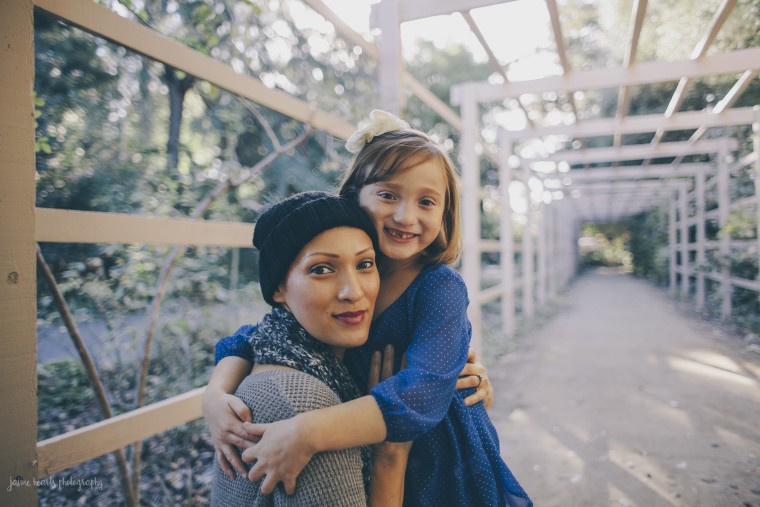
An even tougher blow came one year later when her 6-year-old daughter was diagnosed with the same incurable disease.
“Ellie got in the shower one day and I noticed a tiny bald spot on the crown of her head,” Regal, 32, told TODAY. “Every fear inside of me escalated. The disease that took my hair was going to do the same to my daughter.”
Today both mom and daughter Ellie, now 8, are raising awareness of the condition through a Facebook group and Rachel has founded a support group, FAITH USA (Fighting Autoimmune Through Humanity).
Now Rachel proudly displays her bald head, with Ellie wearing a fashionable donated wig.
“Knowing my child had the exact same condition was a blessing in disguise,” said Regal, who lives with her family in northern California. “I had gone through all the research and heartache first. It was hard, but I could understand what she was going through.”
An estimated 6.5 million Americans have experienced alopecia areata, an autoimmune skin disease in which the body does not recognize its own hair follicles, according to the National Alopecia Areata Foundation.
The scalp is the area most commonly affected, but sometimes hair loss occurs on the entire body. (In some cases, regrowth occurs, even after many years and without treatment, but often new hair has a different texture or shade.)
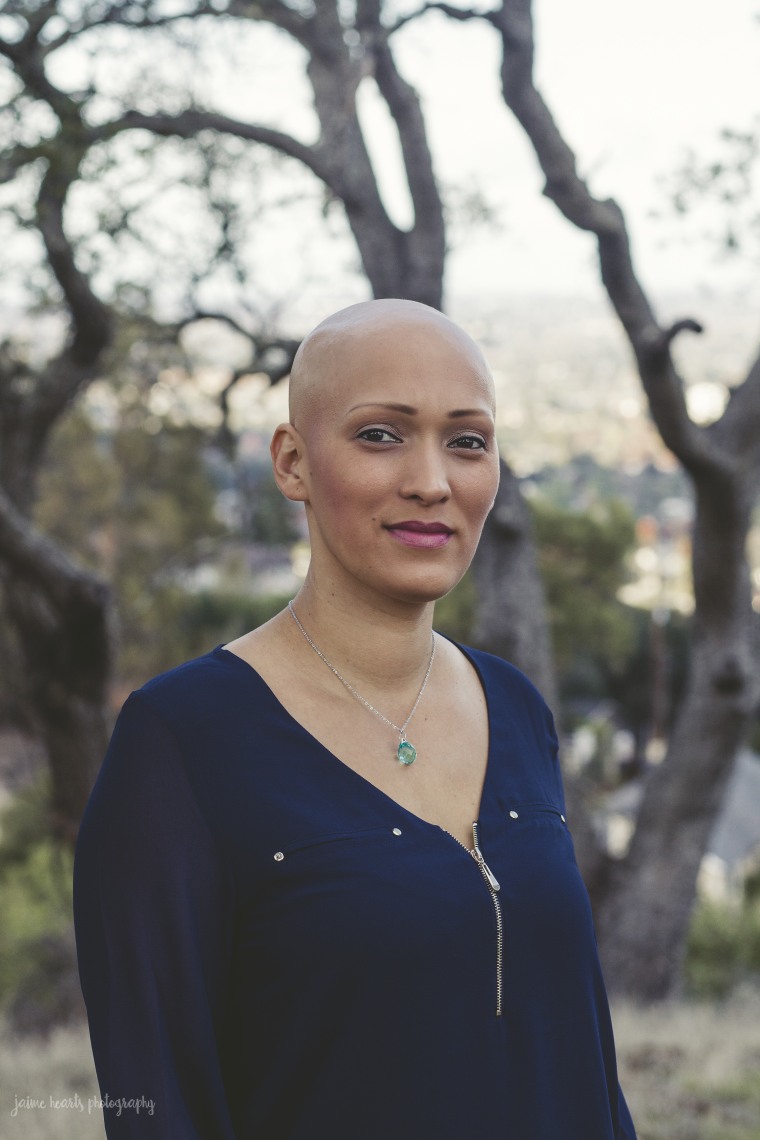
The disease has no cure. Steroid or immunotherapy treatments are not covered by insurance because it’s considered a “cosmetic” condition.
The condition is particularly challenging for children, who are often mistaken for cancer patients, said NAAF spokesperson Gary Sherwood. While classmates and teachers are often sympathetic, a child may suffer from “self-imposed” embarrassment.
“They may themselves feel different and freakish and don’t want to be seen,” Sherwood told TODAY. The best therapy is when children with alopecia can meet others with the same condition to learn, “they are not alone.”
Regal recalls the early days in 2010, when her own hair began to thin. By the time she was diagnosed in 2012, all she had left on her head was a tiny “samurai pony tail.”
“At first, I was completely broken and crying,” she said. “The doctor told me not to stress out, it would make it worse, but how can you do that with three kids?”
Regal said she had a choice: “Buy a $300 wig or groceries.”
Regal found a Facebook group started by Abby Asistio from the Philippines, who became a lifeline and resource. “At the time, I didn’t know my daughter would have the exact same condition,” said Regal. “Abby, who had had alopecia since she was a child, was confident and content. She was a huge support and inspired me to rise above my depression.”
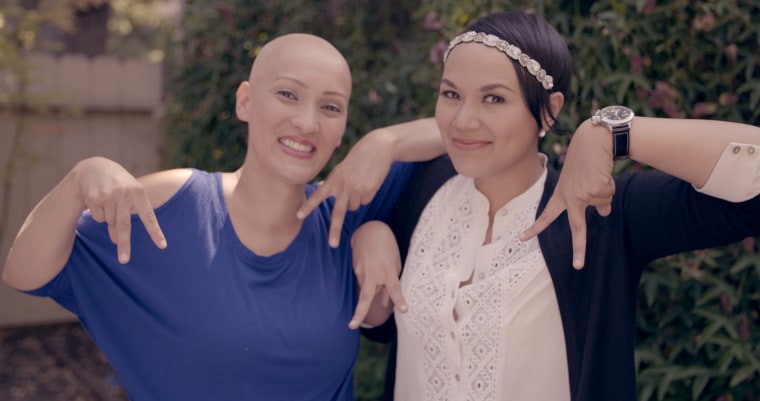
In 2013, when Ellie was in kindergarten, Regal noticed the same pattern of hair loss beginning in her. Doctors told Regal it was just a “coincidence” that mother and daughter had developed the same condition.
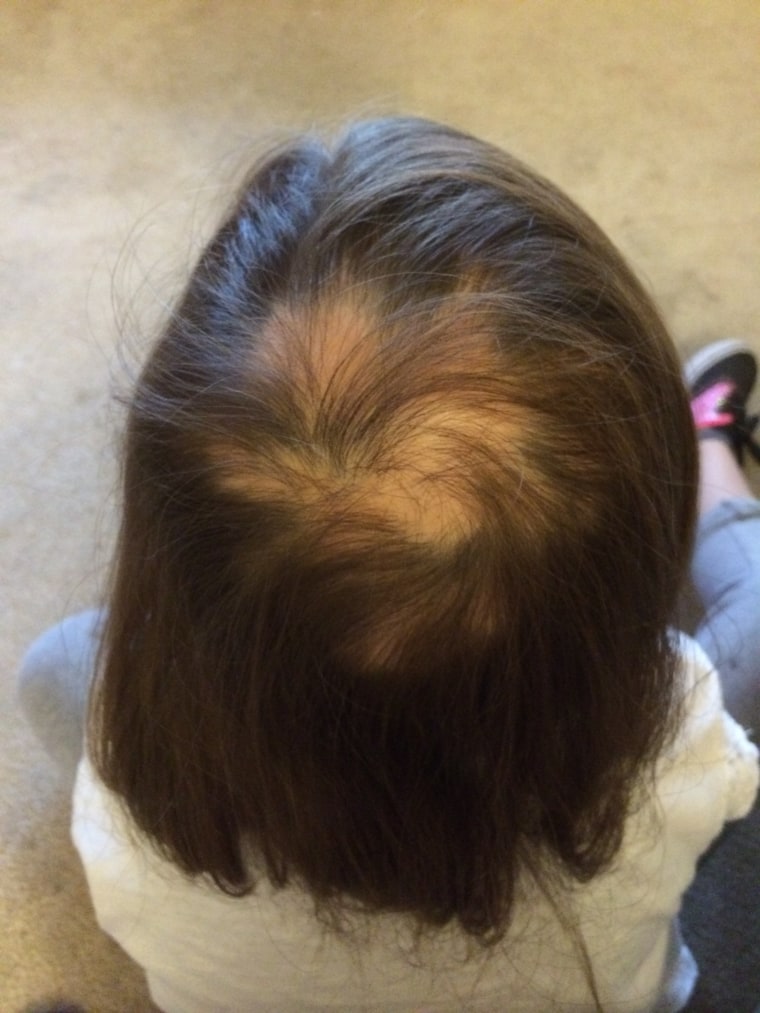
“Ellie only had a handful of patches then, but one day, she asked me to shave her head,” said Regal. “She told me, ‘I want to be bald and beautiful like you, mommy.’”
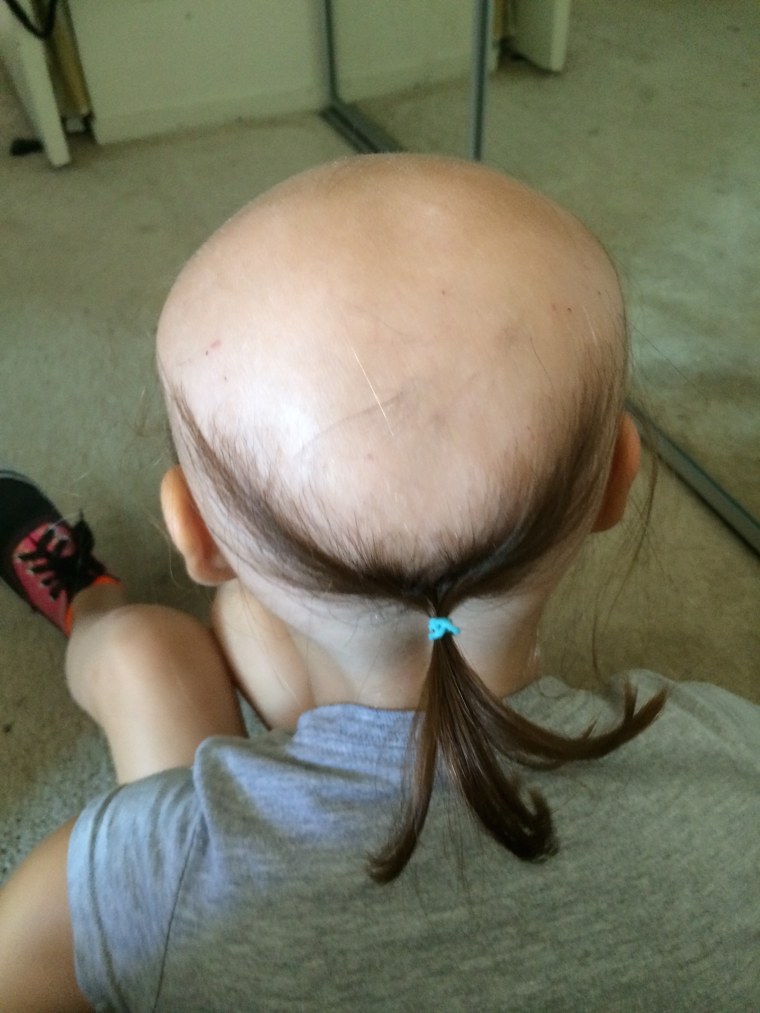
Regal told Ellie to wait before shaving her head, but by the summer after first grade, the little girl had lost 75 to 80 percent of her hair. To circumvent any bullying, she spoke in Ellie’s school about alopecia, bringing photos to share with her daughter’s classmates.
“Some kids asked if it was contagious like lice,” she said. “They were concerned and showed a lot of empathy and understanding.”
As a result, classmates stood up for Ellie on the playground whenever she was teased.
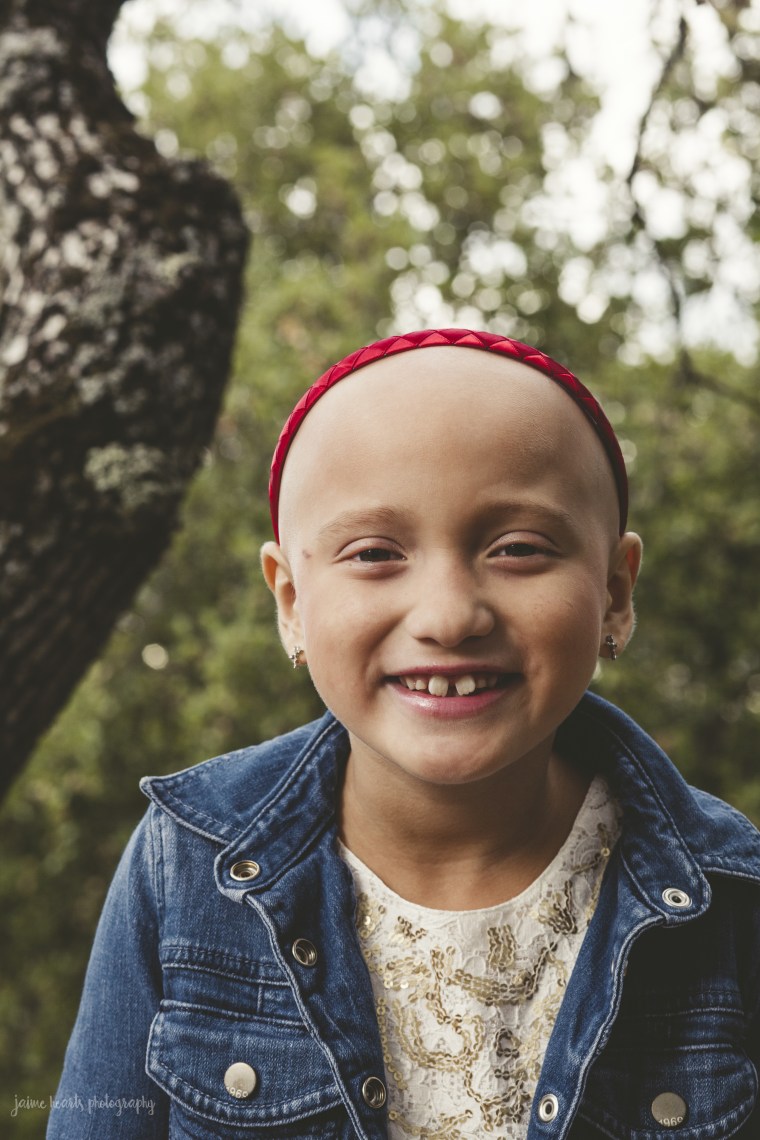
“Ellie has so much confidence,” said her mother. “She sees photos of other children [with alopecia] on Facebook and it helps her be herself. For the most part, she has embraced everything.”
Now, some of Ellie’s hair is growing back. Some days she doesn’t wear the wig.
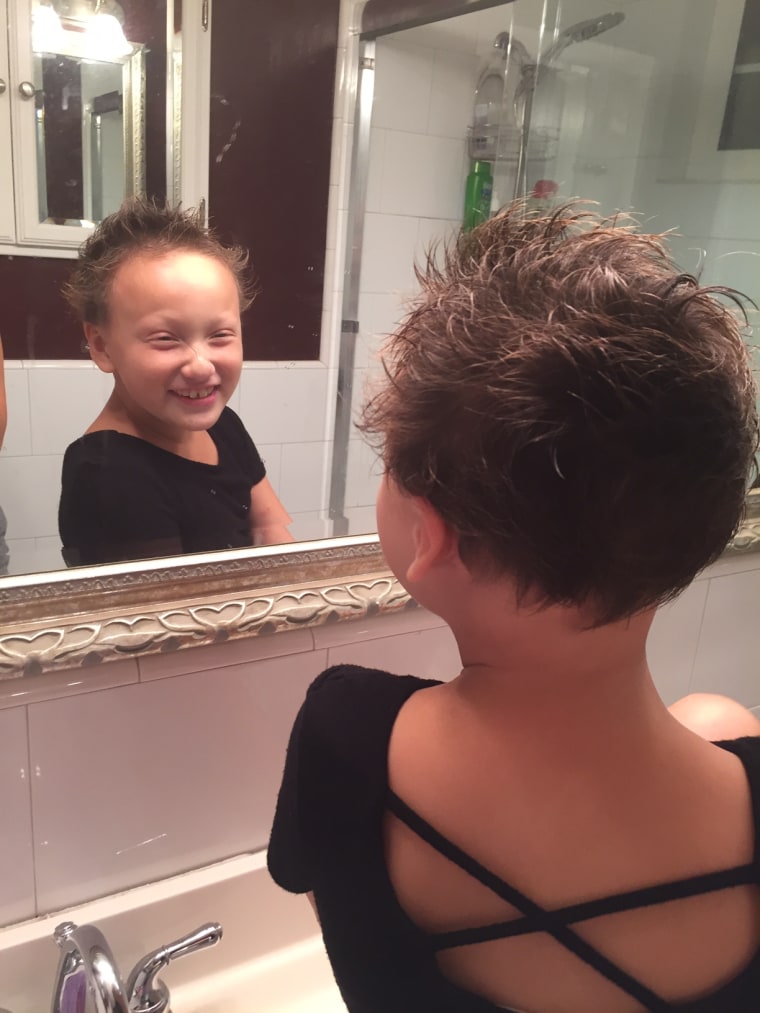
“My message to others is believe in yourself,” says Regal. “This may not be how you want it to be, but it’s how it was meant to be.”